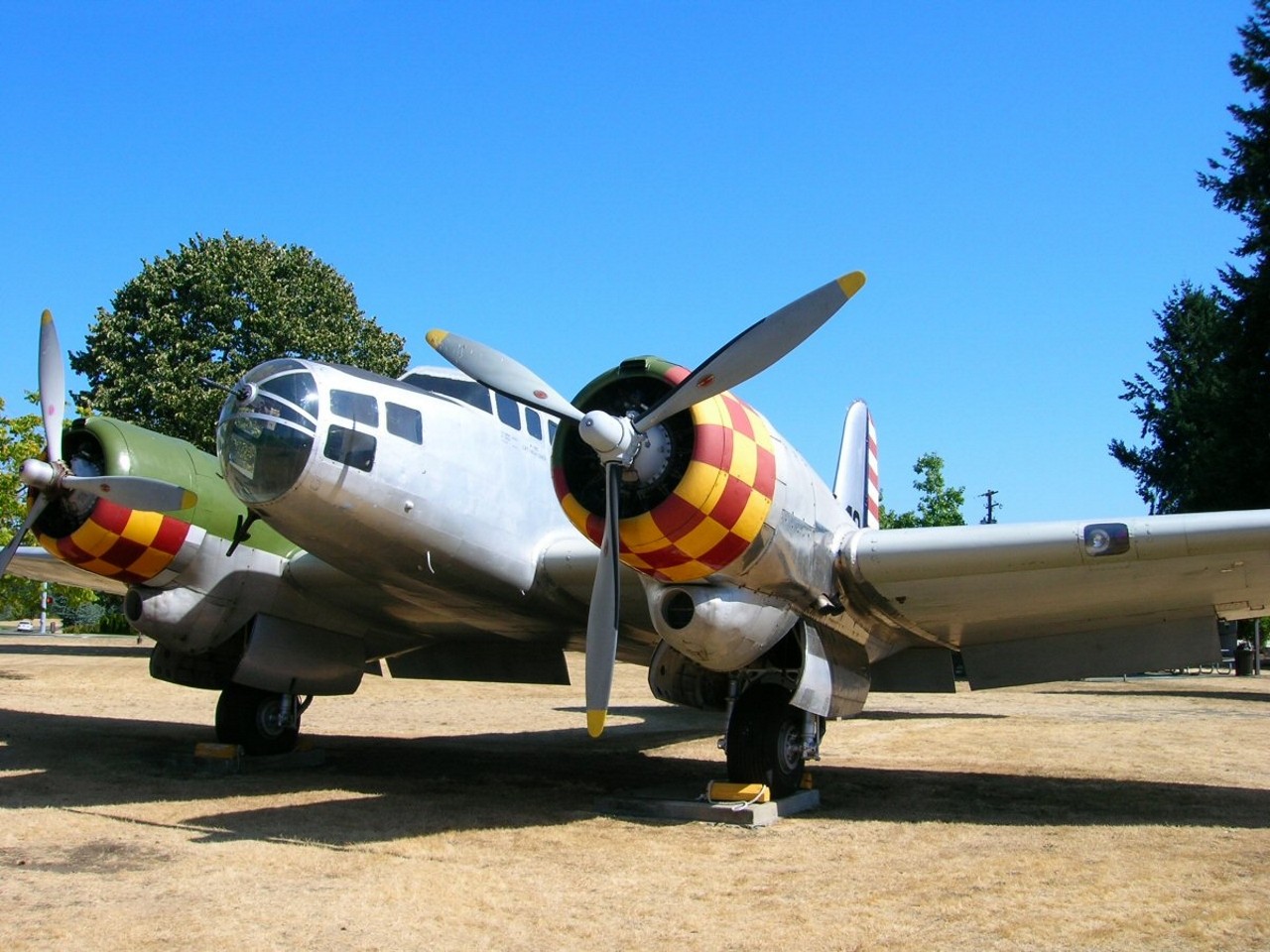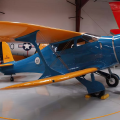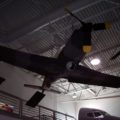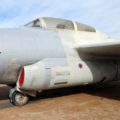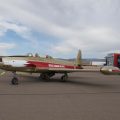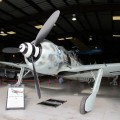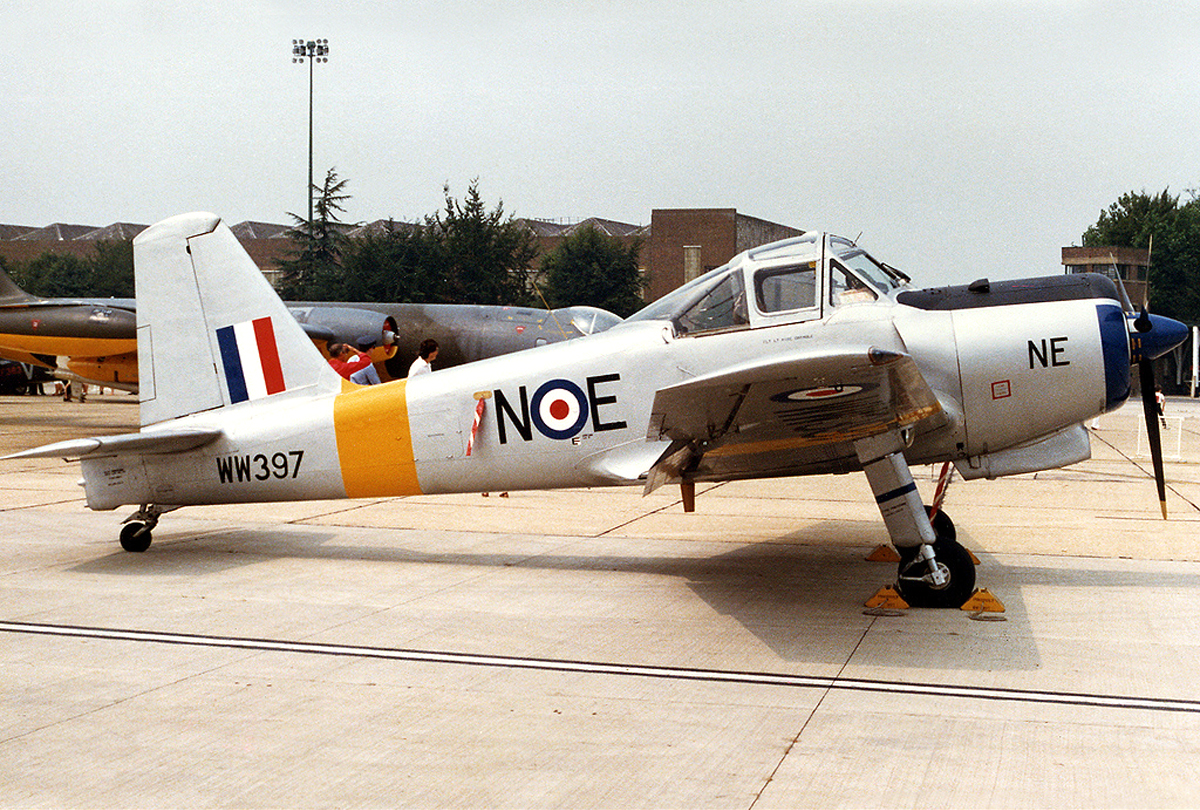
Percival Provost | |
|---|---|
| Krajiny | Uk |
| Úlohu | Vojenské školiteľné lietadlá |
| Prvý let | 24. februára 1950 |
| Postavený | 461 |
Komisia Percival P.56 Provost was a British basic trainer that was developed for the Royal Air Force in the 1950s as a replacement for the Percival Prentice. It was a low-wing monoplane with a fixed, tailwheel undercarriage and like the Prentice had a side-by-side seating arrangement. The Provost has the distinction of being the last piston-engine basic trainer aircraft to be operated by the RAF. The Provost was later adapted to make use of a turbojet engine, producing the BAC Jet Provost. The type was withdrawn in the 1960s, in favour of its jet-powered successor.
Zdrojový: Percival Provost na Wikipédii
| Percival Provost T1 Chodiť okolo | |
|---|---|
| Fotograf | Cees Hendriks |
| Lokalizácia | Neznáme |
| Fotografie | 32 |
Súvisiace súpravy:
| Percival Provost T1 Chodiť okolo | |
|---|---|
| Fotografov | Neznáme |
| Lokalizácia | Neznáme |
| Fotografie | 80 |
Nájdite súpravy na eBay:
Pozri tiež:
The Percival Provost was a British basic trainer aircraft that was designed and built by Percival Aircraft Company in the 1950s. It was a low-wing monoplane with a fixed tailwheel landing gear and a tandem cockpit for a student and an instructor. The Provost was powered by a single Alvis Leonides radial engine that gave it a maximum speed of 200 mph (320 km/h) and a range of 600 miles (970 km). The Provost was the first British trainer to have a fully aerobatic capability and a tricycle undercarriage.
The Provost was developed as a replacement for the Percival Prentice, which was considered to be outdated and inadequate for modern training requirements. The Air Ministry issued Specification T.16/48 for a new basic trainer in 1948, and Percival submitted their design, designated as the P.56. The prototype P.56 flew for the first time on 24 February 1950, piloted by Dick Wheldon. The aircraft was evaluated against the competing Boulton Paul Balliol and found to be superior in performance and handling. The Air Ministry ordered 200 Provosts in 1951, and the first production aircraft entered service with the Royal Air Force in 1953.
The Provost was used by the RAF for basic flying training, instrument flying training, and advanced flying training until 1969, when it was replaced by the Jet Provost, a jet-powered version of the same design. The Provost was also exported to several countries, including Ireland, Iraq, Rhodesia, Sudan, and South Arabia. Some of the Provosts were modified for light attack or counter-insurgency roles, with underwing hardpoints for rockets or bombs. A total of 461 Provosts were built, of which about 50 are still airworthy today.
Zobrazenia : 2100



